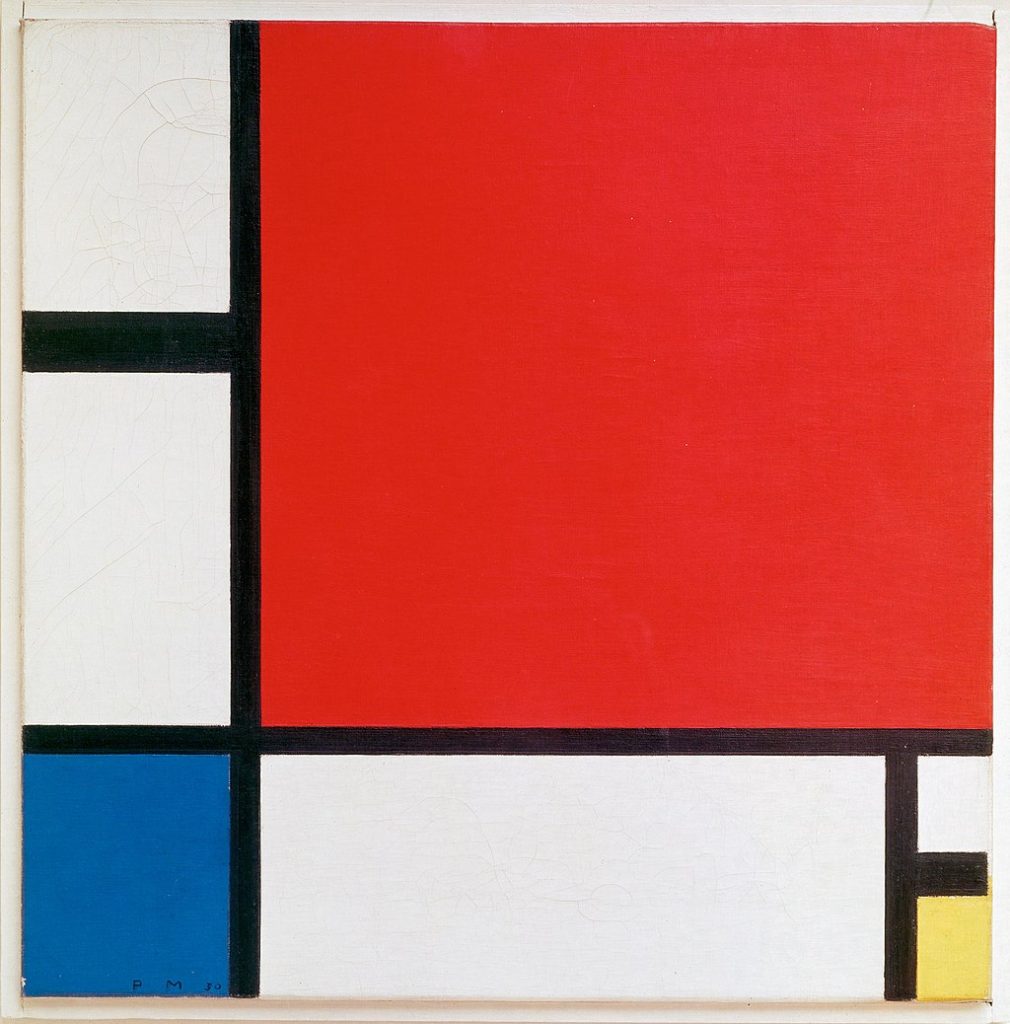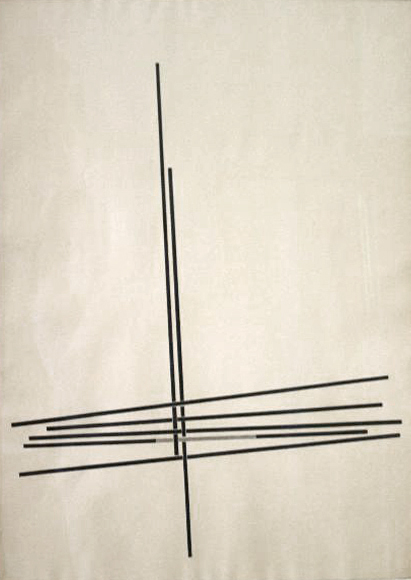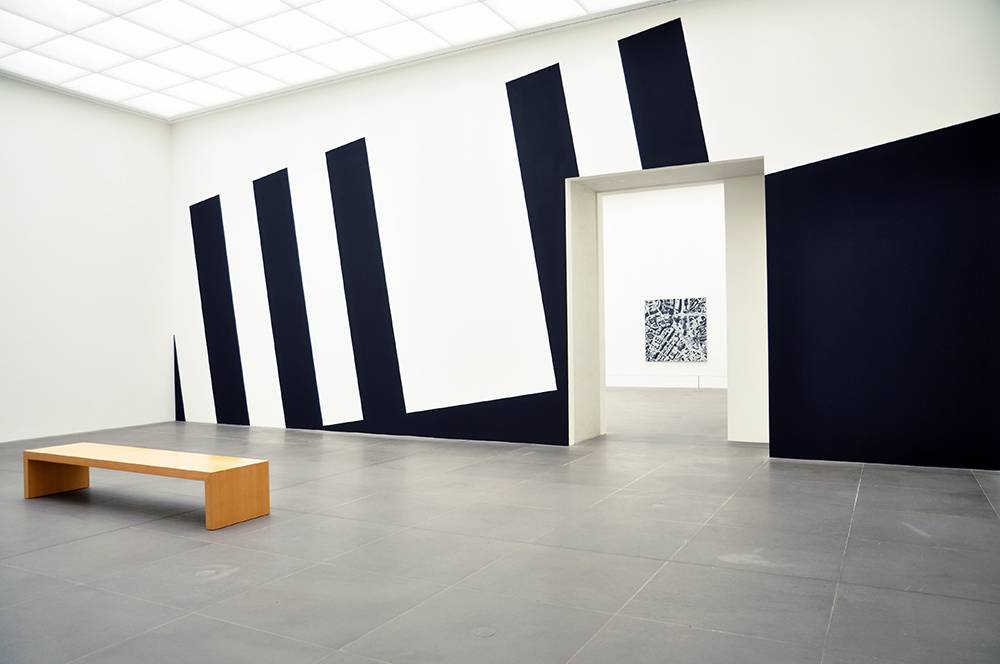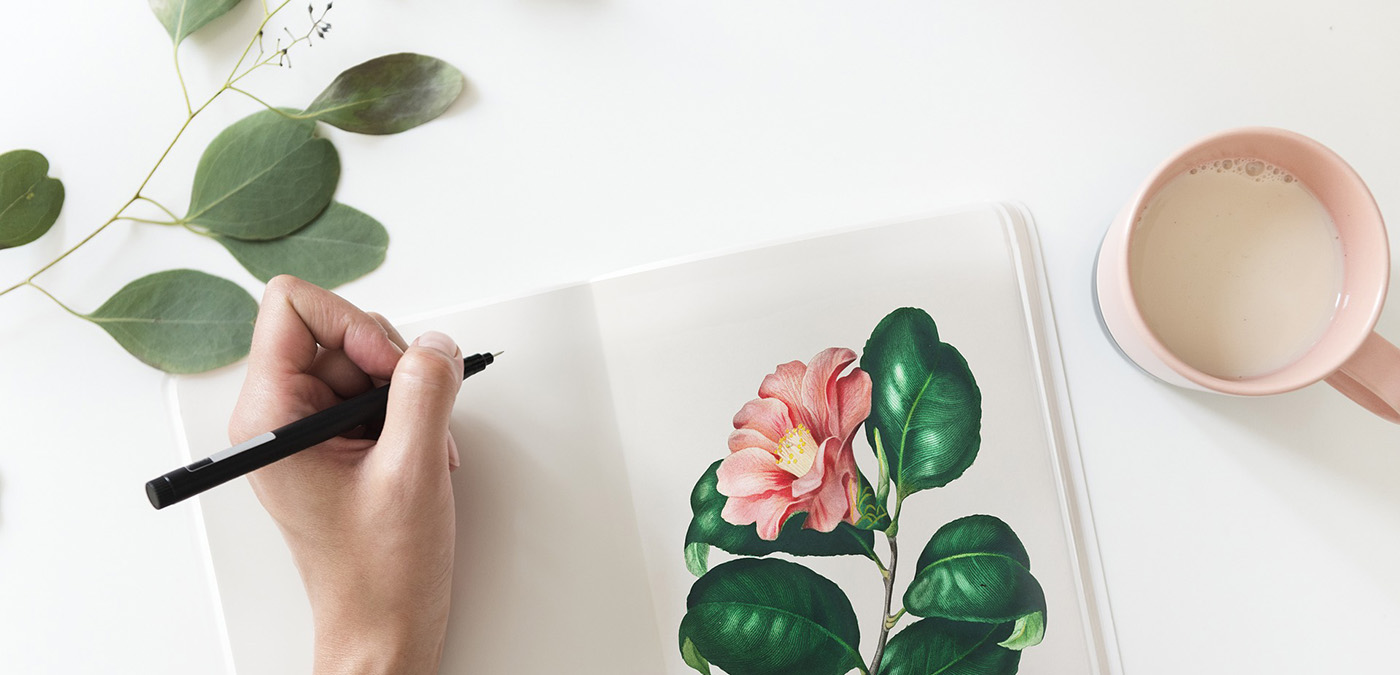In Conversation with Diet Sayler

© Diet Sayler
Hello everyone,
I visited Diet Sayler’s exhibition „Der Zufall Lügt Nicht“ (Chance Does Not Lie) at the Neues Museum, Nürnberg in February; the same day, I also had the pleasure to view his studio where the idea of an interview with the artist was born. This happened right before the pandemic started. The interview below took place via Zoom during the lock-down.
Diet Sayler is a Romanian artist who was born in 1939 in Timisoara; he studied engineering and mathematics, but had been painting since his early childhood. In 1972 he emigrated to Nürnberg, Germany, to escape the communist regime and has been living there ever since.
Diet Sayler is one of the leading figures of the Romanian artistic Neo-avant-garde of the 1960s/1970s. His continuous discourse over the years and his consistent body of works, the numerous publications and public appearances, along with his Eastern European origins and his German roots define him as a strong artistic personality of our times.
Please enjoy the interview as well as the artists’ works.
Interview
Antonella Grevers: Hello Diet and thank you very much for agreeing to this interview. How did you become an artist although you originally studied engineering and mathematics?
Diet Sayler: Art was there before mathematics. I started drawing a lot, early in my childhood. People, landscapes, and portraits that showed a lot of character expression. It wasn’t, until high school that I also started to see the joy in mathematics.
At the age of 16, I got my High School Diploma and began studying structural engineering. At the same time, I started painting at the Podlipny studio. I graduated from my engineering studies with the diploma project for a concert hall in Timisoara. I was just 21 years old. Projects for industrial buildings followed, as well as some important exhibitions. At the age of 30, I finally left the building construction business and dedicated myself exclusively to the arts.
AG: How was the artistic life in Timisoara in the 1960s?
DS: Stalin died in 1953, which left behind terror, hunger, deprivation, and fear. There was censorship and denunciation, as well as a total synchronisation of culture and press. Art was reduced to propaganda.
In the sixties there was a slight “détente”. Ceausescu came to power in 1965. A period of liberalisation followed, which reached its peak in 1968; a certain political openness to the Western World took place. Politicians like de Gaulle, Nixon but also Chou En-lai came to Bucharest.
Artists and writers could move around more freely. The state doctrine of Socialist Realism eased up.
AG: Who was behind the idea of the successful “Kalinderu exhibition” in Bucharest?
DS: In the 1960s, young artists began distancing themselves from Socialist Realism and started to go their own ways.
They were not allowed to participate in state exhibitions, there were no private galleries and the state controlled everything.
In the second half of the sixties, the gates were slowly opening to art. A new avant-garde was emerging. Therefore, five young artists were invited by the National Association of Artists of Romania to exhibit at the Kalinderu Gallery in Bucharest in those times. It was May 1968, and a deliberate orchestration: General de Gaulle came to Bucharest. He was accompanied by a large suite, including his Minister of Culture Andrée Malraux and an army of journalists.
It was my first press appearance behind the Iron Curtain.
AG: It turned out to be a big success for you as consequently the MoMA, NY acquired one of your works.
DS: Yes, indeed.
AG: Now leaving the political aspects… tell me please, when did you first hear about Mondrian?
DS: I don’t know exactly, probably in 1963. We couldn’t get foreign books. Rare, random events made it possible now and then.
AG: What effect did it have on you to see his work? Did his works leave a strong impression on you?
DS: In a world dominated by false images, lies and propaganda, Mondrian was a figure of light. Purity, clarity, truth and for me a longing for freedom.

https://en.wikipedia.org/wiki/Piet_Mondrian#/media/File:Piet_Mondriaan,1930-_Mondrian_Composition_II_in_Red,_Blue,_and_Yellow.jpg
AG: Do you consider yourself more as a Romanian or a German artist?
DS: I see myself as both. Romania shaped my youth, but Germany and Europe the mature years. The years of emigration were extremely dramatic, but I wouldn’t want to miss any of it today. It is a privilege and a richness to experience life in different cultures. Many different friendships, pictures and books shaped my biography. The culture of the 20th and 21st century is a culture of diaspora.
AG: How important was Romania for your later career?
DS: It was very important. I had learned to go my own way, despite all resistance. Without resistance there is no development, both materially and culturally.

Painting I: Emesa, 2012, Acrylic on Canvas, 100 x 100 x 4.5
Painting II: Montorsoli I. 2010, Acrylic on Wood, 61 x 61 x 5.7cm
Painting III: Malstück 5, 1992, Acrylic on Canvas on Wood, 149 x 171 x 5.5 cm
© Joana Grevers
AG: Which of your many exhibitions were you particularly looking forward to? Which one did you enjoy the most – preparing and setting up?
DS: A lot. Always the last one. The present. (Der Zufall Lügt Nicht/ Chance Does Not Lie, Neues Museum, Nürnberg)
AG: An important aspect of your work seems to be your relationship with space. How did this start and what lead you to intervene with it?
DS: Very early on, I devoted myself to two-dimensionality, an uncompromising two-dimensionality. Opposite to that is the spatiality.
Flatness and spatiality form a contrast, a dialectical contrast. Contrast creates power and imagery. My artistic work is shaped by this dialectical way of thinking and seeing.

© http://diet-sayler.de/fruehe_arbeiten/baender_1969_1970/arhythmische_konstruktion_2_1969/
AG: How has the relationship between you and space/spatiality developed over time?
DS: That is a long story.
It begins with the mono-types of the sixties, they deal with Gothic and Romanic architecture, the third dimension is suggested.
1969 the Suprematist space followed, the floating form in empty, (two-dimensional) space.
1971 the Kinetic Space. The floating form in three-dimensional space with movement and music. Installations in architecture (Pitesti, Romania)
1975 the Installations in Public Space. The hanging sculptures (Nuremberg, Marienberg Park)
1981 the Forest Installations (Kraftshofer Forst, Nürnberg and Odenwald, Darmstadt)
1982 the Floor Sculptures. Steel and plexiglass.
1990 the Joints. Interventions in spaces – museums, galleries, cathedrals, palaces (Cambridge, Genoa, Paris, etc.).
1992 Norigramme. Wall collages in the urban space of Nuremberg. Interventions in the architecture of the city.
2005 Engramme. Digital interventions in the architecture. Photography.

© Antonella Grevers
AG: I find it interesting that in your current solo show at the Neues Museum Nürnberg, “Der Zufall Lügt Nicht” (Chance Does Not Lie), you intervened with a wall painting for the first time. What prompted you to take this step?
DS: First of all, the room of the museum. A generous, idiosyncratic architecture – that was the inspiration. An extended installation that spans the whole room and which you can walk into was the answer. Today, for the temporary exhibition is marked by the language of the temporary installation. Mural painting, on the other hand, has the sublimity of history. A juxtaposition of present and past that accompanies the powerful black and white contrast.
But also, a connection between present and history – in the museum.
AG: Thank you again and I wish that many of my followers will make it in time to Neues Museum, Nürnberg to see your wonderful exhibition which will be on show until 21.06.2020.
For further information about the artist, please have a look at his personal website: http://diet-sayler.de/.

© https://www.nmn.de/de/museum/archiv/archiv-sammlung/sammlung-r-u/diet-sayler.htm
One of Diet Sayler’s works can be found in another blog I wrote: https://arthotshot.com/bucharest-the-romanian-capital-i-rediscovered/.

-
-
2 years
Tagged #Bucharest, #contemporaryart, #museumofrecentart, #nationalhistorymuseumromania, #nationalmuseumromania